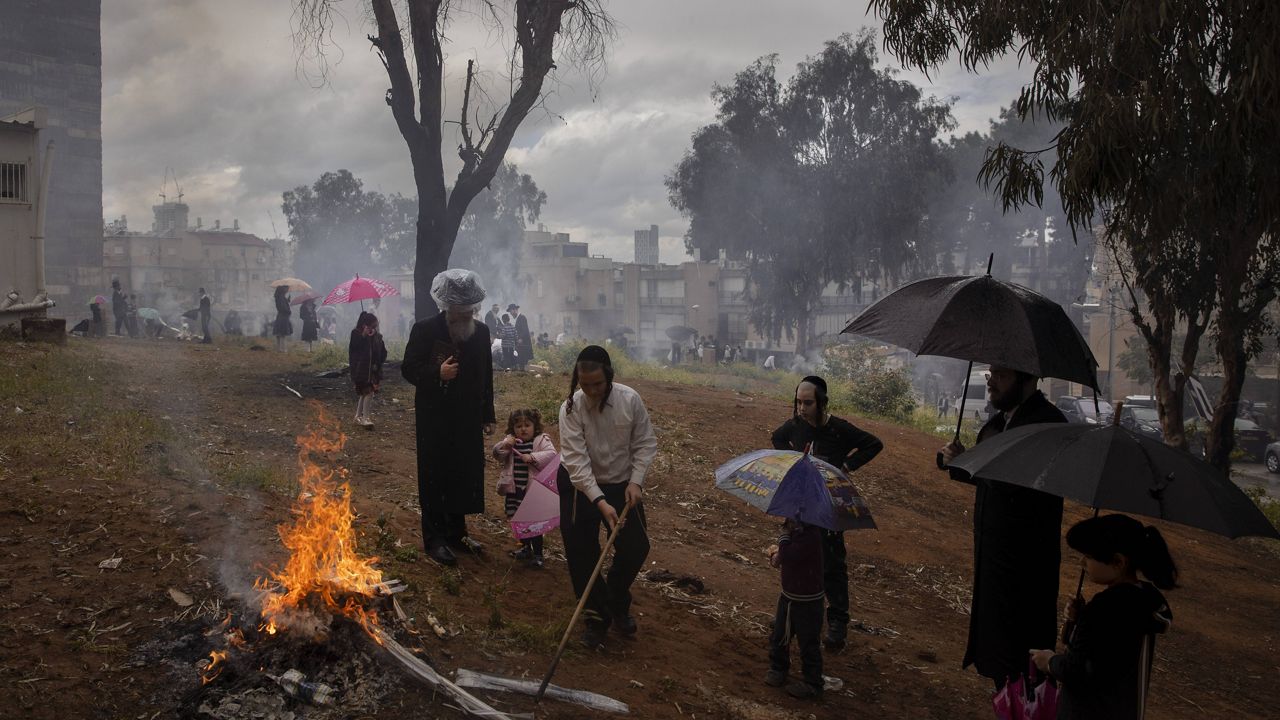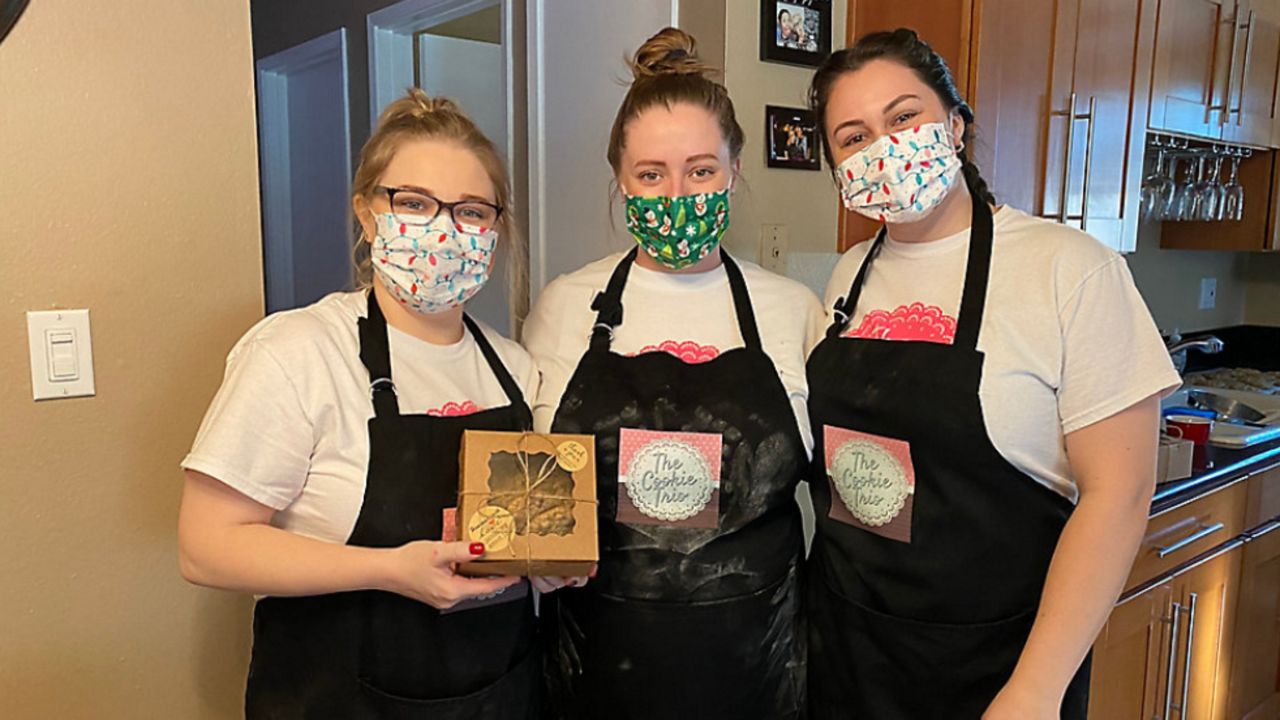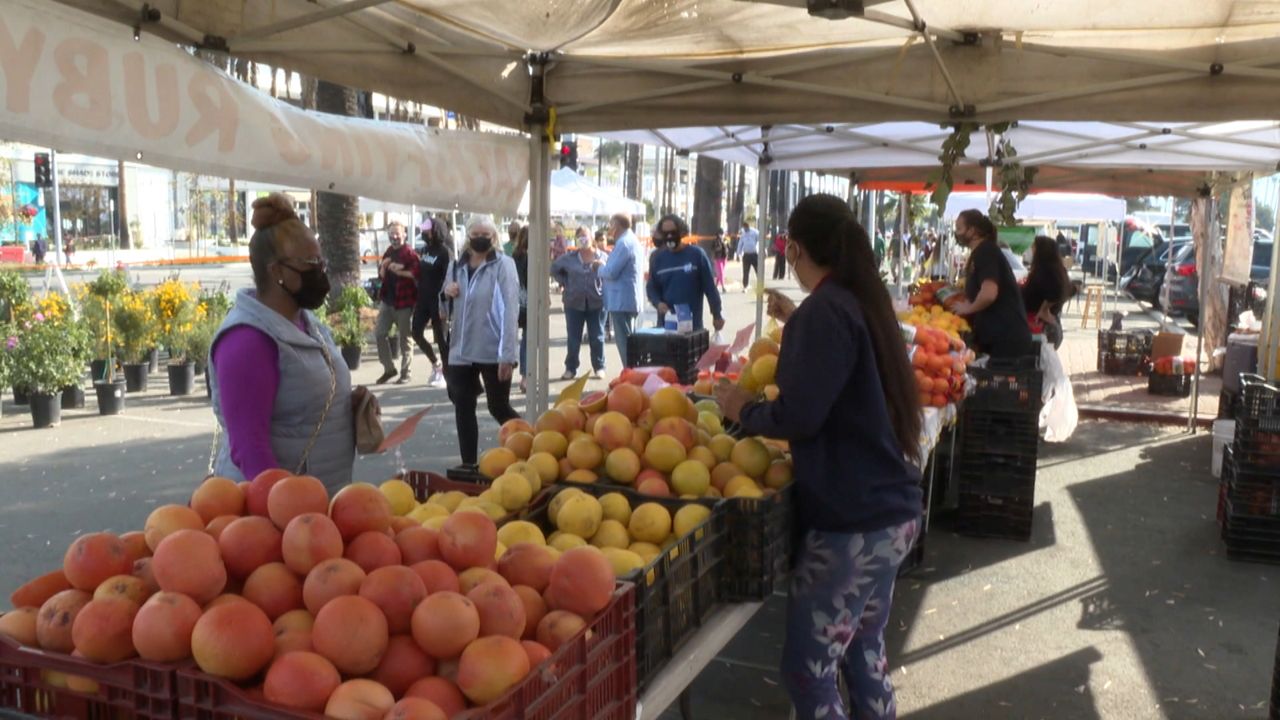LOS ANGELES — Beginning in the 1970s, Nisei Week became a destination for Japanese American cruisers who played a vital but often unsung role in developing Southern California car culture.
What You Need To Know
- Since the 1970s, Nisei Week has been a destination for Nikkei (Japanese American) car culture
- Nikkei Week car cruises were a way for car enthusiasts to show off their hot rods and customized cars
- Car cruises were shut down by law enforcement in the 1980s, but since 2000, Nisei Week has hosted a car parade
- Sociologist Oliver Wang said the Japanese American presence has been in all elements of SoCal car culture
Car enthusiast Brian Karasawa first joined a Nikkei (Japanese American) car club in high school. Decades later, he continues to pour much time, love and money into his 1977 Toyota Celica GT, which he frequently shows at car events throughout the Southland.
Karasawa said the community that formed around cars is still largely intact.
"You know, all these shows and events, everybody knows each other," Karasawa explained. "All the leadership knows each other, and everybody talks and tries to support each other."
Nikkei car clubs sprung up in the post-World War II period as part of a larger explosion of car culture in America.
Cruising, showing off souped-up hot rods and street racing became a fascination until law enforcement brought everything to a halt in the 1980s.
"Maybe some of the activities may not always be the most up and up, per se," Karasawa admitted. "But there is a sense of community and belonging."
A car qualifies for antique tags after hitting the 25-year-old mark, but as the years go on, finding replacement parts can be tricky, especially on imported cars like Karasawa's Celica.
The internet has made finding rare parts easier, but the work is still painstaking.
Of course, car culture and street racing are alive and well, and Karasawa said younger generations have taken up the mantle. He said he worries about safety since he is older and has a family.
"I'd be a hypocrite to kind of point that finger to younger people," he said. "Not that I didn't do it, but I think the concerning part is, you know, cars are just a whole lot faster now and in some ways more dangerous because of that."
Karasawa is part of a panel at this year's Nisei Festival called Little Tokyo Drift.
Along with sociologist Oliver Wang, they will uncover some of the stories and characters of Nikkei car culture who played pivotal roles, such as Larry Shinoda whose Corvette Sting Ray design from 1963 remains iconic.
"It goes back 100 years, and they [Nikkei] have really been very central in many different ways," Wang said. "The Japanese American presence has been in every element. It has just not really been recognized, not something that you find in a lot of history books."
Wang also points out that for many Nikkei partaking in car culture was a way of forging identity.
"[Japanese Americans] were encouraged during the war to prove their American-ness, and in a different way, I think, getting involved with cars and being part of this mainstream transformation in which cars become a deep, deep part of American identity, and American family and youth life, these things become important for them," Wang said.
Although Karasawa recalled there were racial divides among car clubs, he also credited the shared obsession with car culture that often transcended race and acted as a cultural bridge for many.
"There was some division, but, I think, too, there's the genuine folks that just enjoy cars and enjoy seeing good work. Those were some of the bridges," he said.










